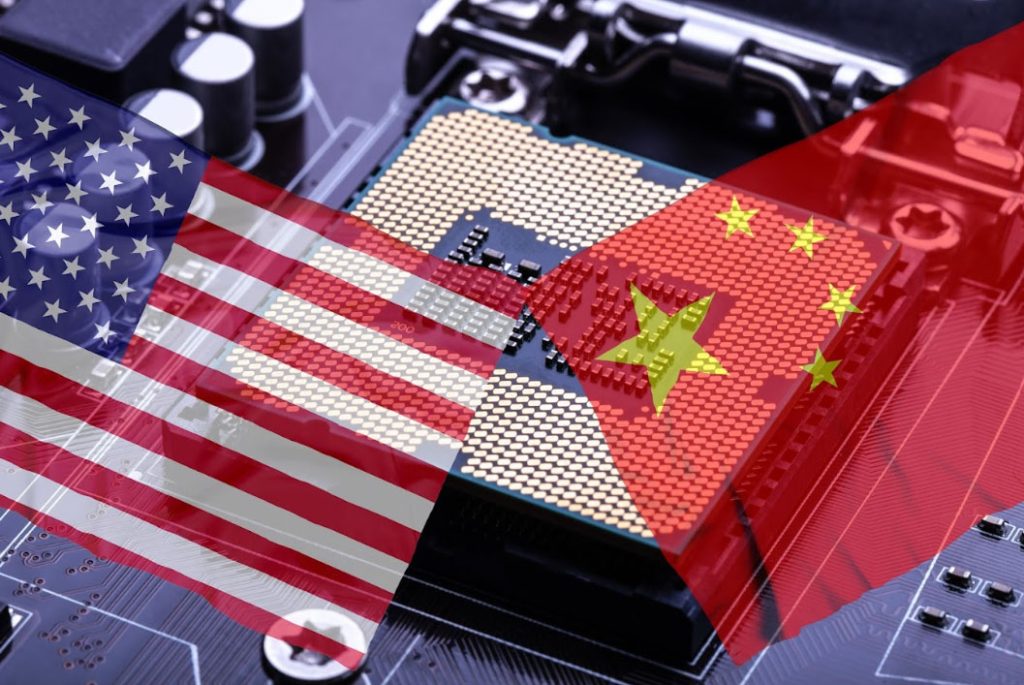Understanding the New Tariffs and Their Impact on the AV Industry

Whether you're deeply invested in following political policies or just beginning to understand the influence of tariffs on the audiovisual (AV) industry, it's essential to grasp the implications these new trade regulations will have on businesses. If you currently own or plan on starting up an AV business, staying informed about these changes is crucial.
Why Are These Tariffs Being Implemented?
The U.S. government has introduced new tariffs aimed at strengthening the nation's economy and enhancing national security. These trade regulations primarily affect our three key suppliers of AV industry components: Mexico, Canada and China. As of March 11, 2025, the new tariff rates are as follows:
- Canada: Increased tax on steel and aluminum trades from 25% to 50%
- Mexico: 25% tariff on imported goods
- China: 10% tariff on imported goods
- Potential Future Additions: The European Union and India may also inherit a 25% tariff
The Impact of Tariffs on the AV Industry
One of the most immediate and noticeable effects of these tariffs is the rising cost of AV equipment. Since the U.S. heavily depends on imported technology, businesses across the industry will face a multitude of obstacles moving forward.
Key Challenges for AV Businesses:
- Price Increases: Equipment such as displays, projectors, cameras, video switches, audio systems, and digital signage solutions will see significant price hikes due to increased import costs.
- Supply Chain Disruptions: Import restrictions and increased costs will lead to delays in obtaining essential AV components for current and future projects.
- Semiconductor Chip Shortages: These chips are crucial for powering video processing, audio signal management, and display controls in modern AV technology. Tariff-related supply issues will result in delayed production and price inflation for AV products.
- Project Delays: With more businesses scrambling to place orders, manufacturing and delivery times will likely be extended resulting in project delays.
How Can AV Businesses Adapt to These Changes?
In response to these challenges, AV professionals must take strategic steps to navigate the evolving landscape.
- Plan Purchases Strategically: Companies should secure essential AV equipment immediately to avoid future price spikes. Leverage credit and terms. Request Net Term extensions from 30 days to 60 or 90 days.
- Consider Alternative Suppliers: Exploring domestic manufacturers can help mitigate reliance on international supply chains
- Budget for Cost Fluctuations: Businesses should allocate resources to account for price increases and delays, ensuring financial stability in upcoming projects. Update proposals and note possible price changes due to tariffs, while also maintaining up-to-date communications with clients.
- Stay Informed: Monitoring changes in trade policies and tariff rates will help businesses stay ahead of potential disruptions.
The Future of the AV Industry Amid Tariff Changes
The ongoing adjustments in trade policies will have lasting implications for the AV industry. As businesses continue to adapt, they must remain agile, seek innovative solutions, and explore local manufacturing options. While the transition may be challenging, investing in domestic production and finding alternative supply sources will ultimately contribute to a more self-sufficient and resilient AV industry in the U.S.
By preparing for these tariff-induced changes, AV businesses can maintain stability, manage costs effectively, and ensure continued success despite the shifting economic landscape.
Regardless of these new tariffs set by the U.S. government, By Human Design is here to help you navigate through these circumstances. Feel free to email our Business Consultant if you have any questions or concerns regarding the new tariffs and would like to discuss possible solutions to help continue attracting customers to your business and help boost sales!